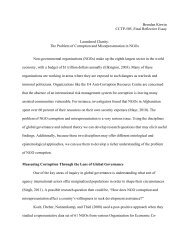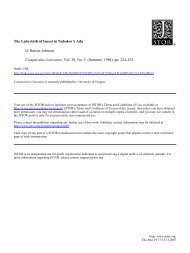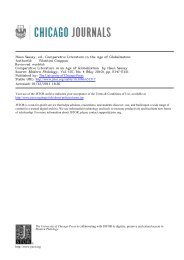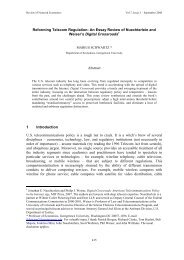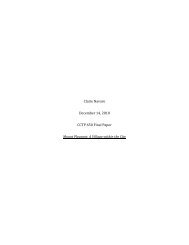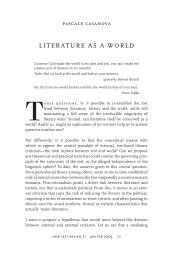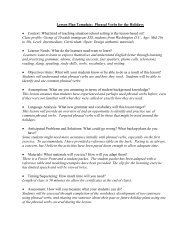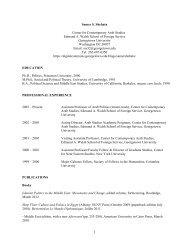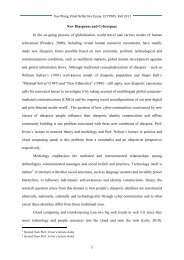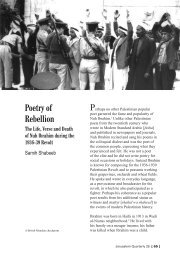Brand Tone of Voice:
Brand Tone of Voice:
Brand Tone of Voice:
- No tags were found...
You also want an ePaper? Increase the reach of your titles
YUMPU automatically turns print PDFs into web optimized ePapers that Google loves.
J. Delin positions do, or could, influence language choices made by producers <strong>of</strong>such materials. The research reported here is intended as a starting-point forgenerating hypotheses about the links between brand position and languagestyle and form, and as such has a wide application beyond the current datato all the written materials generated by service industries.1.2 Language and multimodalityAs van Leeuwen and Kress (1995: 25) have pointed out, ‘All texts are multimodal.’While this paper focuses specifically on language, it is important to notethat other modes <strong>of</strong> communication do play a role in creating the meaning <strong>of</strong>the kinds <strong>of</strong> texts that we will be looking at: in particular, images, typography,and layout. As Cook (2001: 4) points out in his discussion <strong>of</strong> the context <strong>of</strong>advertising, other modes such as pictures and paralanguage also play a role, asdo the kinds <strong>of</strong> texts that readers perceive to be part <strong>of</strong> the same co-text (forexample, the relationship between a leaflet, a TV ad, and a set <strong>of</strong> posters in abranch all relating to the same bank).The leaflets and brochures analysed for this study contain images, diagrams,and tables. They are printed in colour and use a range <strong>of</strong> typefaces andtypographical styles, including bold, italics, caps, and underlining. They arestructured by headings and punctuated by quotations. All <strong>of</strong> these are not onlyimportant in creating the meaning, purpose and effect <strong>of</strong> the document, butare the most prominent means <strong>of</strong> communicating the identity <strong>of</strong> a brand (seefor example, Floch, 2000, on the creation <strong>of</strong> brand visual identity, and Allen& Simmons, 2003, on the relationship <strong>of</strong> visual and verbal identity, amongmany others).There is as yet no theory extant that is able to articulate the connectionbetween a particular brand position and the multiplicity <strong>of</strong> visual and graphicalresources that brand designers choose to express it. This is a fascinating areathat is likely to benefit a great deal from the combined perspectives <strong>of</strong> researchersand practitioners working on advertising (cf. for example Cook, 2001, whomakes extensive comment on both visual and verbal elements), on typography(e.g. McLean, 1980; Walker, 2001), on information design (e.g. Mijksenaar,1997; Joshi, 2003), on the relationship between documents, information, layout,and typography (e.g. Waller, 1987; Delin et al., 2002) and, <strong>of</strong> course, on languageand semiotics in multimodal documents and environments (e.g. Kress & vanLeeuwen, 1996). In addition, some useful recent work has focused on the visualimages used in corporate contexts (see Koller, 2004).While not debating the importance <strong>of</strong> the multimodal communicativeresources employed in documents I have studied, the purpose <strong>of</strong> the currentresearch has been to generate hypotheses that attempt to relate language in



